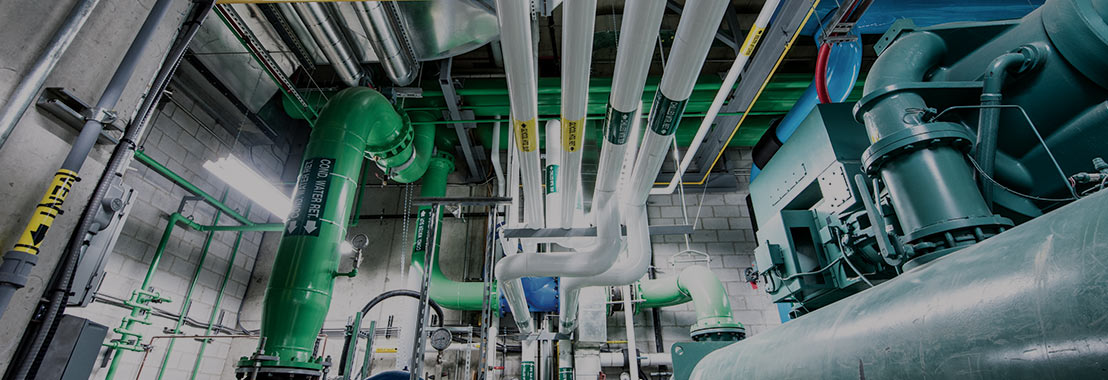District Energy: A Key Component to Infrastructure Renewal
District Energy: We’re Built for This
District Energy: The Key to Achieving Low-Carbon Communities
Want to dig a little deeper?
- Subscribe to the digital version of District Energy magazine. Free!
- Go to the International District Energy Association’s website.
- Download the IDEA Community Energy Development Guide. Free!

